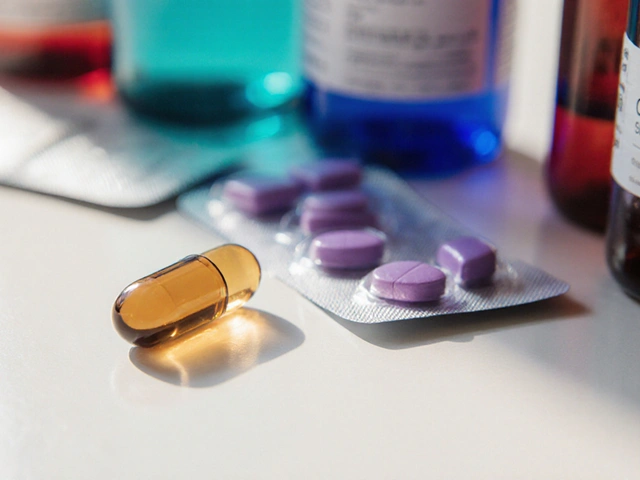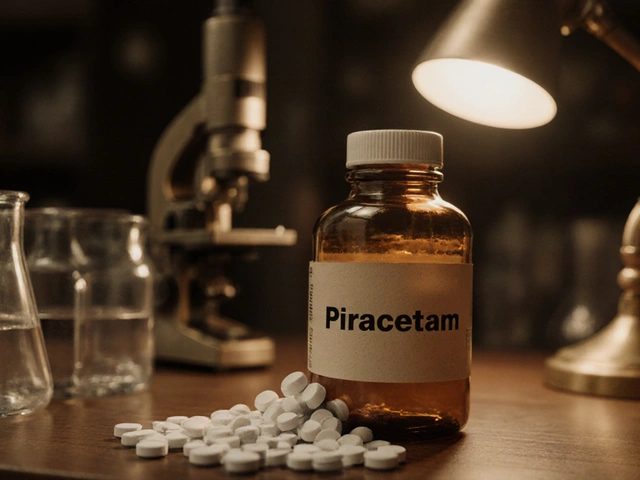Ophthalmic antibiotics: how to treat common eye infections safely
Ophthalmic antibiotics are medicines you put directly in or around the eye to treat bacterial infections. They come as drops or ointments and can clear things like bacterial conjunctivitis, some eyelid infections, and early corneal infections. Using them the right way matters — wrong use can harm your eyes or cause antibiotic resistance.
Common types and when doctors choose them
Doctors pick an antibiotic based on the likely bacteria and the infection site. Common choices include broad‑spectrum fluoroquinolone drops (like moxifloxacin or ciprofloxacin) for corneal issues, aminoglycoside drops (tobramycin) for severe infections, and erythromycin ointment for newborns and mild eyelid infections. Drops work well when you need fast coverage and wetting; ointments sit longer on the eye and help at night or for small children who won’t hold still.
For simple pink eye with watery discharge, many cases are viral and won’t need antibiotics. If the discharge is thick, yellow/green, or symptoms get worse, bacterial causes are more likely and antibiotics can help. Your clinician can confirm which treatment fits your situation.
How to use eye antibiotics safely
Wash your hands before and after using drops or ointment. Tilt your head back, pull down the lower eyelid to make a small pocket, and put the drops into that pocket. Don’t touch the dropper tip to your eye or lid — that spreads germs. If you need more than one drop, wait 5–10 minutes between different eye medicines.
Follow the full course your doctor prescribes. Stopping early because symptoms improve increases the risk of resistance or relapse. If you wear contact lenses, remove them until your doctor says it’s OK. Some infections need you to stop lenses permanently until healed.
Side effects are usually mild: stinging, temporary blurred vision, or a gritty feeling. Rarely, people can have allergic reactions — swelling, severe redness, or worse vision. If that happens, stop the drops and contact a healthcare provider immediately.
Storage and common-sense tips: keep the bottle tightly closed, store at the temperature the label says, and discard drops after the manufacturer’s recommended date or when they get cloudy. Never share eye drops with anyone else.
When to see a doctor fast: if you have sharp eye pain, sudden vision loss, intense light sensitivity, or a red eye that gets worse, seek urgent care. Those signs can mean a deeper infection needing stronger treatment. For mild cases, a primary care visit or urgent clinic can usually sort out the right medicine.
Using ophthalmic antibiotics the right way helps you heal faster and protects the community from resistant bacteria. Ask questions if you’re unsure — a quick chat with your clinician or pharmacist clears up dose timing, side effects, and return‑to‑work or contact lens advice.




